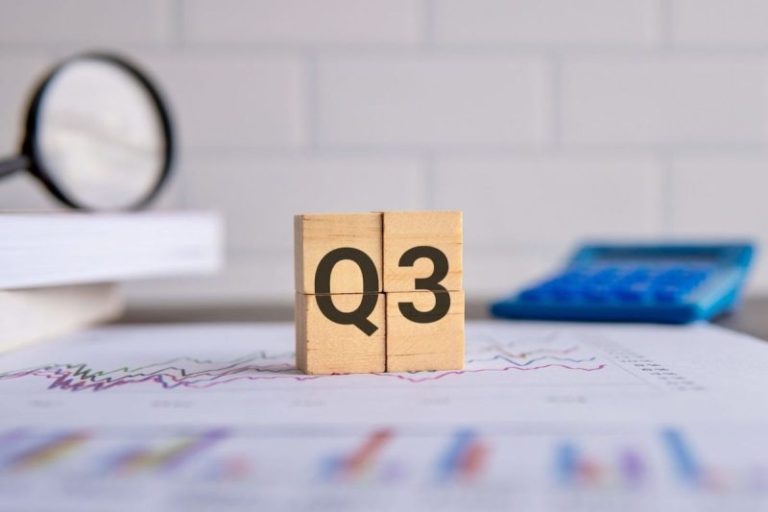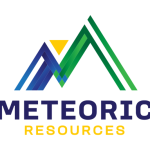The lithium market has always been a key sector to observe due to its importance in various industries, especially in the production of electric vehicles (EVs) and renewable energy systems. The demand for lithium has been steadily increasing in recent years, driven mainly by the global shift towards sustainable energy solutions and the rise in EV adoption worldwide.
In Q3 of 2024, the lithium market saw several notable developments and trends that have shaped the industry landscape, providing insights into its future direction. One of the key highlights during this period was the continued expansion of lithium-ion battery production capacity, particularly in regions like Asia and Europe. This growth in battery manufacturing is a direct response to the increasing demand for EVs and energy storage systems, both of which heavily rely on lithium-based batteries.
Moreover, the emphasis on sustainability and environmental responsibility has prompted many lithium producers to ramp up their efforts in adopting greener production practices. This includes investing in renewable energy sources to power their operations and implementing stricter environmental standards to minimize the impact of lithium extraction on local ecosystems. As a result, we are witnessing a gradual shift towards more sustainable and responsible lithium supply chains across the industry.
Another significant trend in the Q3 2024 lithium market update is the increased focus on recycling and circular economy initiatives within the battery industry. As the volume of end-of-life lithium batteries continues to grow, stakeholders are exploring ways to recover and reprocess valuable materials like lithium, cobalt, and nickel to reduce the reliance on primary resources. This shift towards a more circular approach not only helps conserve precious resources but also mitigates the environmental footprint associated with battery production and disposal.
Furthermore, the geopolitical dynamics and supply chain vulnerabilities in the lithium market have drawn attention from industry players and policymakers alike. The concentration of lithium reserves in a few key regions, such as South America and Australia, raises concerns about supply security and potential disruptions in the global market. To address these challenges, efforts are being made to diversify the sources of lithium production and explore new deposits in regions outside the traditional mining hotspots.
In conclusion, the Q3 2024 lithium market update reflects the ongoing evolution and transformation of the industry towards a more sustainable, efficient, and resilient future. With the demand for lithium-ion batteries poised to grow exponentially in the coming years, stakeholders must collaborate and innovate to address key issues such as supply chain sustainability, recycling capabilities, and geopolitical risks. By embracing these challenges and opportunities, the lithium market is set to play a pivotal role in shaping the transition towards a cleaner and more electrified future.



